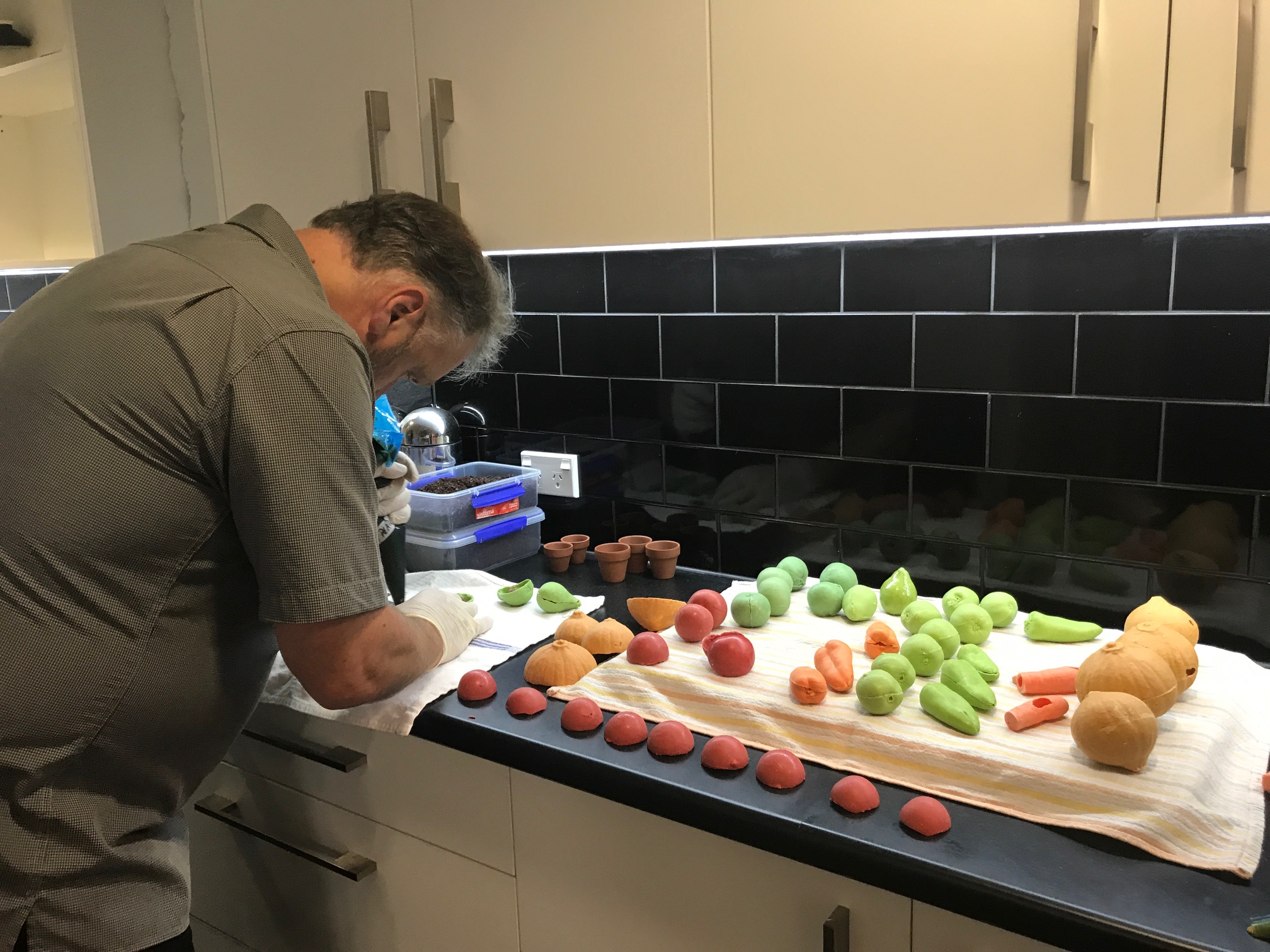Two leading academics have developed a new food design technique to help inspire the next generation of culinary designers, and make artistic food presentation more accessible to New Zealand restaurants.
The new technique developed in consultation with EPIC Otago Polytechnic R & D centre and The Food Design Institute at Otago Polytechnic allows chefs to produce large quantities of artistically designed food products by hand on a commercial scale with a small team, and at reduced cost.
Otago Polytechnic’s Timothy Lynch, who and lectures on sustainability in the food industry, says they wanted to present ingredients in a way that was consistent with multisensory food design concepts.
“The process involves working with natural products to design handcrafted foods that look identical to fruit and vegetables but are filled with contrasting flavours,” he explained. “Initially we couldn't find a way to make these products on a small scale, but a collaboration with the EPIC helped us overcome several barriers, and we were able to develop a method of crafting the lifelike products using food-grade silicon moulds, which we made ourselves.”
Lynch said a project of this scale and complexity would require international assistance and a large team of scientists and food specialists. This would have made the project cost prohibitive by New Zealand industry standards.
Senior lecturer Tony Heptinstall who has catered for Prince Charles and other royal family members says one of the objectives was to increase current industry capital through being part of an innovative collaboration between the food industry and education.
“We were conscious that in order to inspire the students we needed to take on a challenge that solved a real-world problem and used design thinking at the same time,” said Heptinstall. “The technique involves making edible fruit and vegetables replicas from vegan white[HS1] chocolate and So Good milks.” The hand moulded products are then filled with a variety of contrasting l recipe combinations using a diverse range of readily available ingredients including the nut milks.
“People are looking at food from not just a taste and health consideration but from a sustainability and environmental perspective,” he said.






